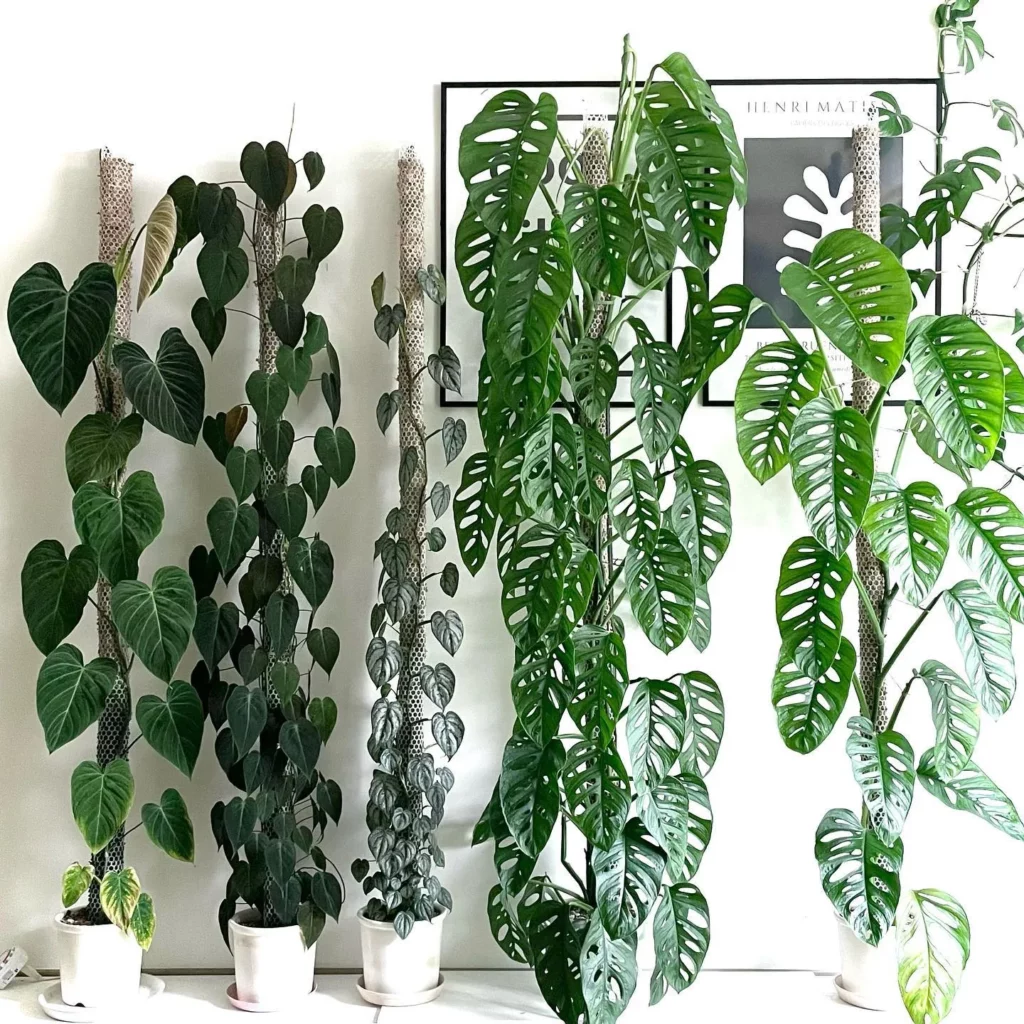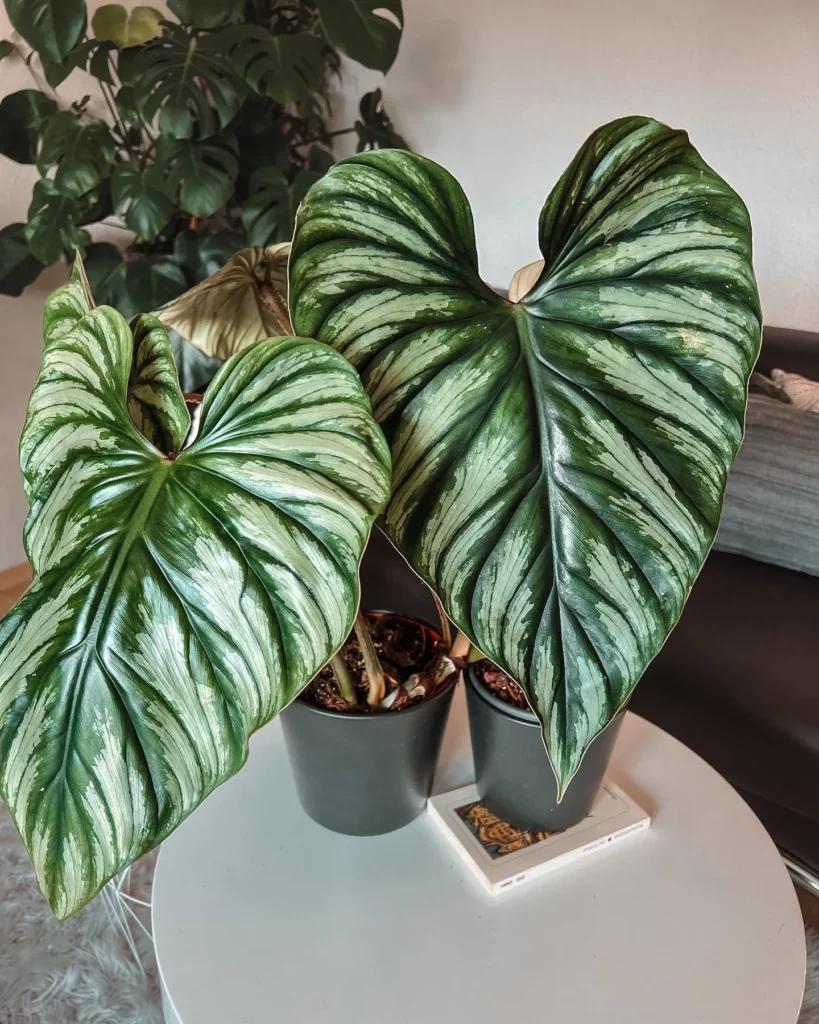Philodendrons are one of the most popular houseplants for their easy maintenance and beautiful foliage. But as they grow and mature, they can become too large for their pot or space. Has that ever happened to you? This is where splitting comes in!
Splitting is the process of dividing a philodendron plant into multiple parts, each with its own root system. Not only does this promote growth and create new plants, but it also helps prevent overcrowding in your home.
| Step | Description |
|---|---|
| 1. Assess Readiness | Check if the philodendron is ready for splitting. Look for overgrowth, multiple stems, and root-bound signs. |
| 2. Gather Tools | Get the right tools, such as sharp scissors or pruning shears. Ensure they are clean and sterile. |
| 3. Be Gentle | Handle the plant with care; plants are living organisms. Avoid stressing or damaging it during the process. |
| 4. Choose Technique | Decide on the splitting technique: root ball division or stem cutting, based on your plant’s structure. |
| 5. Make Clean Cuts | If using stem cutting, make precise cuts with sharp tools, ensuring each stem has leaves attached. |
| 6. Repot the Divisions | Place each divided section in its pot with fresh potting mix. Water thoroughly after repotting. |
| 7. Care Post-Splitting | Provide proper care with appropriate watering, fertilization, and monitoring for signs of stress or issues. |
| 8. Troubleshoot Issues | Address common problems like wilting, yellowing leaves, or root rot with appropriate care adjustments. |
The Benefits Of Splitting



Splitting a philodendron has numerous benefits beyond just creating more plants. Firstly, it prevents the plant from becoming root-bound, which can cause health problems such as stunted growth or even death.
Splitting allows for better air circulation around the roots which can also improve the overall health of your plant. Additionally, it gives you the opportunity to propagate new plants from an existing one without having to purchase additional ones from a nursery.
A Word Of Caution



Before diving into splitting your philodendron plant, it’s important to assess whether or not it’s ready for this process. If your plant is young or hasn’t grown much yet, splitting may do more harm than good. On the other hand, if your philodendron has grown significantly and is visibly outgrowing its container or space then it may be time to start thinking about splitting.
Why You Should Care About Your Plant’s Well-Being



It’s important to remember that plants are living organisms that require care just like any other living being. Taking time to properly assess your plant beforehand will help ensure you don’t make any potentially fatal mistakes during the splitting process such as damaging the roots or cutting too much of the stem.
When splitting, it’s crucial to be gentle with your philodendron so that you don’t stress it out and cause more harm than good. Remember, the goal is to promote growth and create new plants, not to harm your existing ones.
Splitting a philodendron plant may seem daunting at first, but with the right tools and techniques, it can be a rewarding experience for both you and your plant. So don’t be afraid to take the leap!
Assessing Your Philodendron



Determining If Your Philodendron Is Ready For Splitting
Before you go ahead and split your philodendron plant, you need to assess whether it is ready for the procedure. One of the first things to look out for is an overgrown plant. Once a philodendron becomes too large for its pot or location, splitting becomes necessary.
You can also tell that your plant is ready for splitting if it has multiple stems growing from its base. Another sign that shows that a philodendron needs splitting is when it appears root-bound.
This means that the roots have outgrown their container, and they are tangled or wrapping around each other in an attempt to expand their territory. At this point, splitting the plant helps create more space for the roots and new growth.
The Importance Of Being Gentle With Your Plant
Splitting a philodendron must be done with great care and attention to detail because plants are living organisms that feel pain too! It’s important to note that plants don’t have nerves or brains like animals do; however, they do feel stress through chemical reactions within their cells. When handling your philodendron, be gentle with its leaves and stems as they can easily break or tear off.
It’s essential to use sterile cutting tools like scissors or pruning shears when performing any maintenance work on your plants to prevent infection. Before you start dividing your philodendron, make sure it’s well hydrated by watering it a day before the procedure.
A well-hydrated plant will handle stress better than a dehydrated one. Always remember: just because plants don’t scream in pain doesn’t mean they aren’t feeling anything!
If you’re not sure about how healthy your plant is or whether it’s ready for splitting, it might be best to seek the advice of an expert or a fellow plant enthusiast. A little care and attention go a long way in ensuring that your philodendron thrives after being split.
Preparing For Splitting

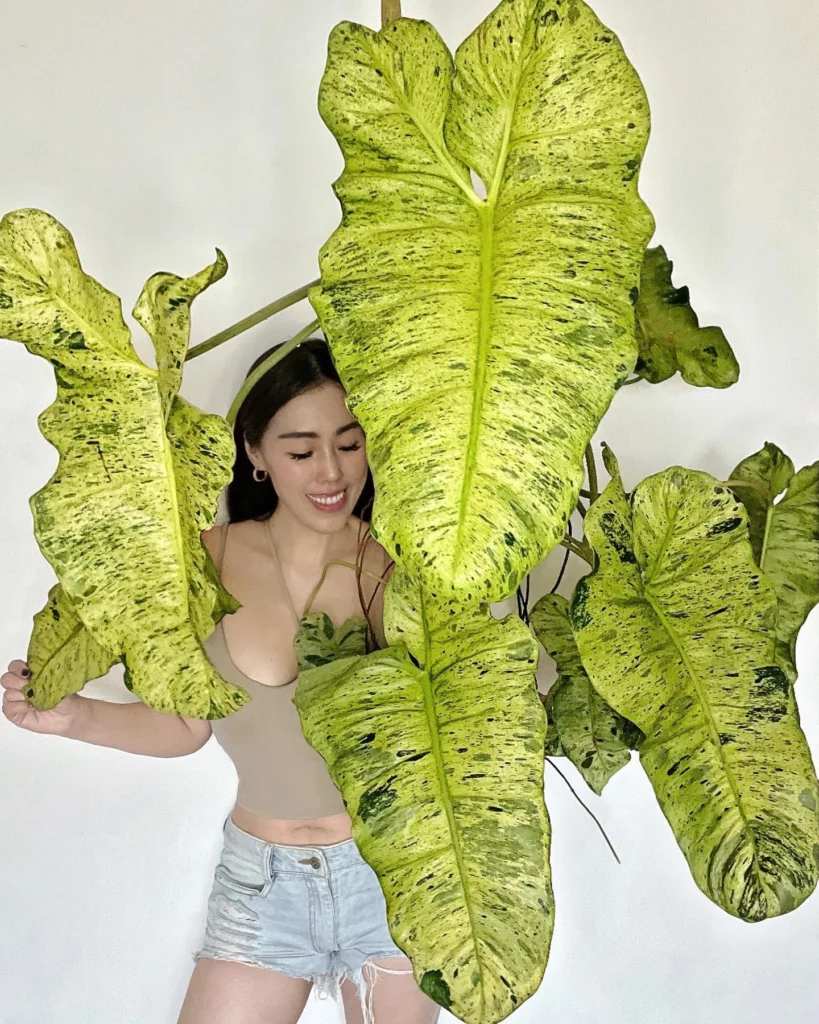

The Proper Tools For The Job
If you’re going to split a philodendron, you need the right tools. And let me tell you, dull scissors or rusty pruning shears just won’t cut it (pun intended).
You wouldn’t use a butter knife to chop vegetables, would you? Of course not!
So, don’t try to split your philodendron with inadequate tools. Invest in a good pair of sharp scissors or pruning shears that can cut through the stems and roots without causing damage or tearing.
A clean cut will leave the plant better equipped to heal and grow new roots. Don’t even think about trying to rip the plant apart with your hands – that’s a surefire way to damage the delicate roots.
Take Your Time
Splitting a philodendron is not a task to be rushed. You may be tempted to get it over with quickly or try to save time by taking shortcuts.
But trust me, rushing this process is more likely lead to mistakes and damage. Prepare yourself mentally for the task ahead – remember that you are dealing with a living thing.
Take your time and be gentle as you work through each step of splitting your philodendron. Keep in mind that every plant is unique and may require different techniques than others.
If you’re not feeling confident about your skills, consider watching instructional videos or asking more experienced gardeners for advice. Remember: it’s always better to take extra time than risk damaging your beloved plant.
A Steady Hand Is Key
When it comes down to physically splitting the philodendron, having steady hands is crucial. You need precision when making cuts near sensitive areas such as roots and stems. To ensure steady hands, make sure you are sitting comfortably at a table or somewhere where your arms can rest.
Take a deep breath and clear your mind before making any cuts. If you feel shaky or unsure, take a break and come back to it later.
Preparing for splitting a philodendron is not something to be taken lightly. You need the right tools, the right mindset, and steady hands to successfully split your plant without causing damage.
Remember that this is a living thing that deserves respect and care – don’t rush through it or cut corners. By taking these precautions, you’ll be better equipped to ensure successful growth for both halves of your philodendron!
Splitting Techniques
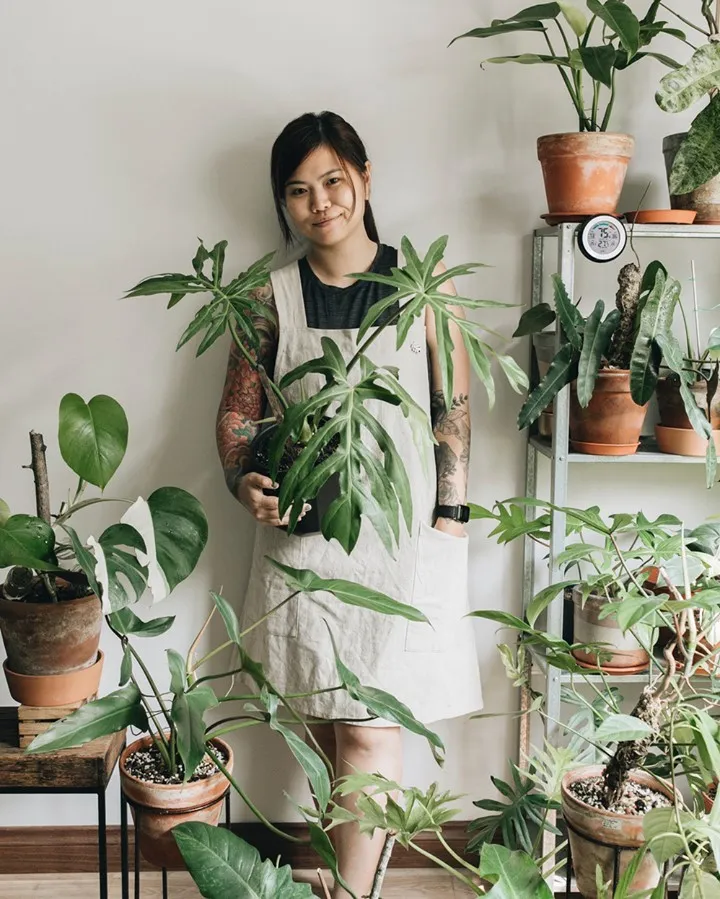


The Art Of Splitting
Splitting a philodendron plant is not just about chopping it into pieces. It’s an art, a delicate process that requires skill and expertise.
There are various techniques for splitting a philodendron, and each of them has its own level of difficulty. Some are easy to execute, while others require patience and precision.
One technique for splitting the plant involves dividing it at the root ball. This technique is perfect for plants with multiple stems and leaves growing from one central point.
You can carefully dig around the base of the plant with a trowel or your hands to separate the individual plants from each other. Another technique involves cutting through specific stems to create new plants.
This method is best for mature plants with long stems that have grown outwards from the central point. You can cut through these stems using sharp scissors or pruning shears, ensuring that each stem has at least one leaf attached to it.
The Skillful Splitter
No matter which technique you choose, successful splitting requires skill and expertise. You need to be patient, gentle, and precise during the process; otherwise, you risk damaging your plant beyond repair.
If you’re new to plant splitting or lack confidence in your abilities, start with beginner-friendly techniques such as dividing at the root ball. As you gain more experience and acquire more skills in handling plants’ delicate structures, you can move on to more advanced techniques.
Splitting a philodendron isn’t just about creating new plants; it’s also about promoting growth in existing ones. With proper care and attention after splitting, your philodendrons will thrive like never before.
Mastering Your Technique
Mastering any of these techniques takes time and practice – there’s simply no shortcut to success when it comes to growing plants. However, with patience, persistence, and a bit of creativity, you’ll soon be able to produce beautiful and healthy philodendrons. If you’re keen on learning more about plant care and splitting techniques, consider joining an online plant community or taking a course on plant care.
You’ll meet like-minded plant lovers who are eager to share their knowledge and expertise. Remember, there’s always something new to learn when it comes to the wonderful world of plants!
Care After Splitting



The Importance Of Proper Care
Congratulations! You’ve successfully split your philodendron plant.
Now, it’s time to give these new plants the care they need to thrive. Proper care is essential for successful growth, and neglecting your plants after splitting can lead to stunted growth, yellowing leaves, and drooping stems.
Watering Tips
One of the most important aspects of caring for your newly split philodendrons is watering. You want to make sure that you’re not over-watering or under-watering them.
Over-watering can result in root rot, while under-watering can cause dryness and wilting. First, make sure that you’re using well-draining soil that won’t hold excess water.
Then, water your plants thoroughly but allow the soil to dry out before watering again. It’s also a good idea to check the moisture level of the soil before watering by sticking your finger into it up to the second knuckle; if it feels dry at this depth, it’s time to water again.
Fertilization Tips
Fertilizing your newly split philodendrons is also crucial for successful growth. There are various fertilizers available on the market; however, it’s always best to opt for organic ones as they are less harmful compared with synthetic fertilizers.
You should start feeding your plant every two weeks with a balanced liquid fertilizer diluted in half-strength during spring and summer when there is more light available for photosynthesis in their new location. It’s important not to over-fertilize as this can cause leaf burn and other problems which may harm plants’ growth process.
Keep An Eye On Your Plants
It is essential that you keep a close eye on your newly split philodendron after splitting to ensure that it’s adjusting well. Observe the plants for any signs of stress, such as drooping stems or yellowing leaves.
These signs may indicate overwatering or underwatering or not enough sunlight. Additionally, make sure to keep your plants in an area with proper lighting conditions, varying on the type of philodendron you have.
Too much or too little light can impact their growth and may cause damage to their leaves. Caring for your newly split philodendrons is imperative to their growth and success.
Proper watering, fertilization, and monitoring will ensure that they thrive and flourish into beautiful plants. With a bit of attention and care, you’ll soon be rewarded with vibrant green foliage and healthy new growth.
Troubleshooting Common Problems

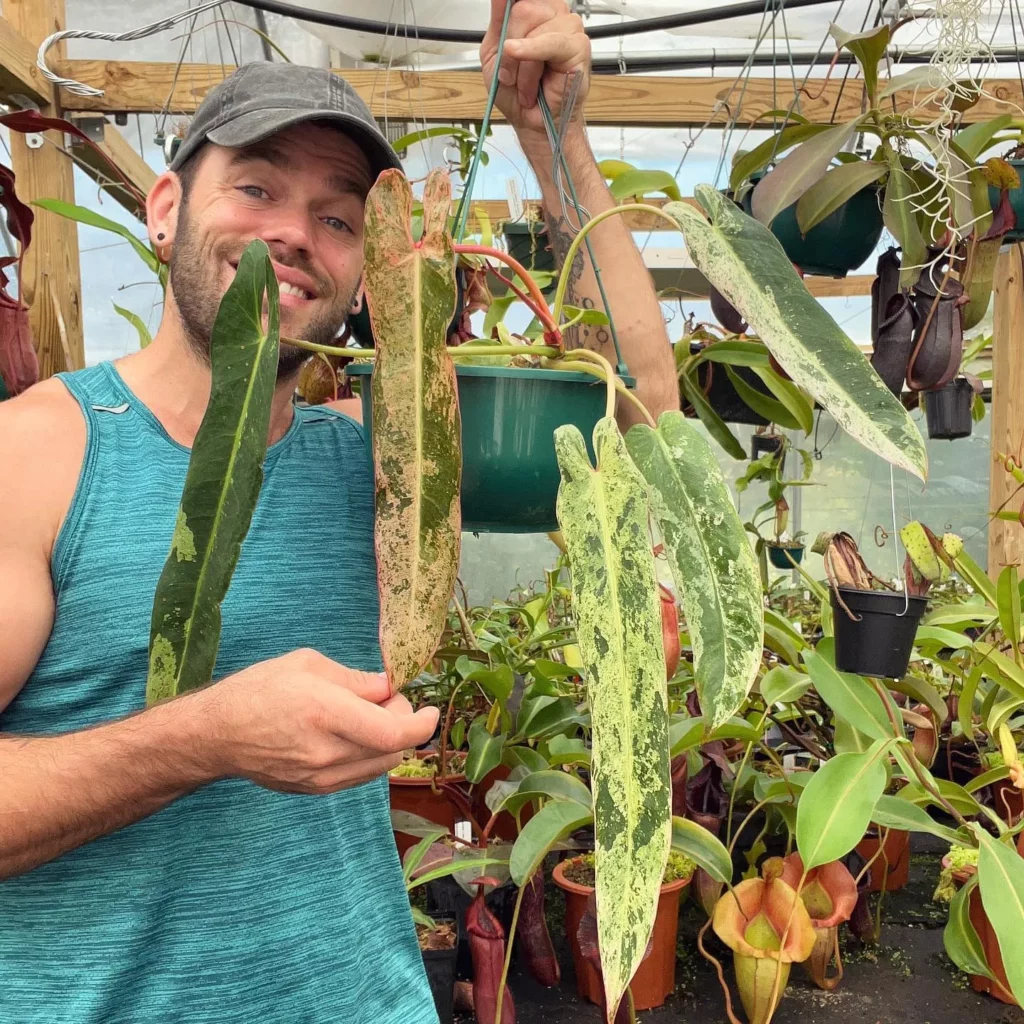

The Downfalls Of Splitting A Philodendron: Common Issues And How To Address Them
So, you’ve successfully split your philodendron and you’re feeling pretty proud of yourself. But what happens when your once-beautiful plant starts to wilt or its leaves turn yellow? Don’t panic – these issues are common after splitting a philodendron, but they can be easily addressed with some proper care and attention.
One of the most common issues after splitting a philodendron is wilting or drooping leaves. This can happen for several reasons, such as over-watering or under-watering, lack of sunlight or nutrients, or shock from being separated from its original plant.
To address this issue, first make sure you are properly watering your plants – not too much and not too little. Also, ensure that your plant is getting enough sunlight and nutrients by fertilizing regularly.
Additionally, give it time to adjust to its new environment – sometimes plants just need some time to bounce back after a major change. Yellowing leaves can also be an issue after splitting a philodendron.
This may be caused by a lack of nutrients or overexposure to sunlight. To remedy this issue, consider fertilizing more frequently and adjusting the amount of light your plant is receiving – find the sweet spot where it’s getting enough but not too much sun.
Another possible problem is root rot, which occurs when there’s too much moisture around the roots for an extended period of time. If you notice that your plant’s roots are starting to rot away (they’ll look brown and mushy) remove it from the soil immediately and trim off any affected areas before repotting in fresh soil.
While these problems may seem daunting at first glance, they’re fairly easy to address with proper care and attention post-splitting. Just be sure to keep an eye on your plant, water and fertilize it appropriately, and give it time to adjust to its new environment – you’ll likely end up with a flourishing philodendron in no time!
Frequently Asked Questions
Dividing a philodendron can be a good idea, especially if the plant has become large and overcrowded. It allows you to create new plants and rejuvenate the existing ones. However, it’s important to ensure that the plant is healthy and has multiple stems or growing points before considering division.
To divide an overgrown philodendron, start by carefully removing the plant from its pot. Gently shake off the excess soil and examine the root system. Look for natural separation points or areas with multiple stems. Using a sharp, sterilized knife or shears, carefully separate the plant into smaller sections, ensuring that each section has sufficient roots and stems. Trim any damaged or unhealthy roots. Repot each divided section into appropriately sized pots with fresh potting mix, and water thoroughly after repotting.
Splitting a leaf philodendron is typically done through division, where you separate the plant into multiple sections, each with its own roots and stems. Locate areas where the plant naturally has multiple stems emerging from the soil. Carefully remove the plant from its pot, gently separate the stems, and untangle the root system. Ensure that each divided section has enough roots and stems to support its growth. Repot each section into individual pots with suitable potting mix, water thoroughly, and provide proper care to encourage new growth.
To repot and separate a philodendron, start by removing the plant from its current pot. Gently loosen the root ball and examine the plant for natural separation points or areas with multiple stems. Carefully separate the plant into smaller sections, ensuring that each section has enough roots and stems for successful growth. Trim any damaged or excessively long roots. Prepare new pots with fresh potting mix and place each divided section in its own pot. Fill in with additional potting mix, firming it gently around the roots. Water the newly potted plants thoroughly and provide appropriate care based on the specific needs of the philodendron variety.
After reading this, check out our other articles on:
Conclusion
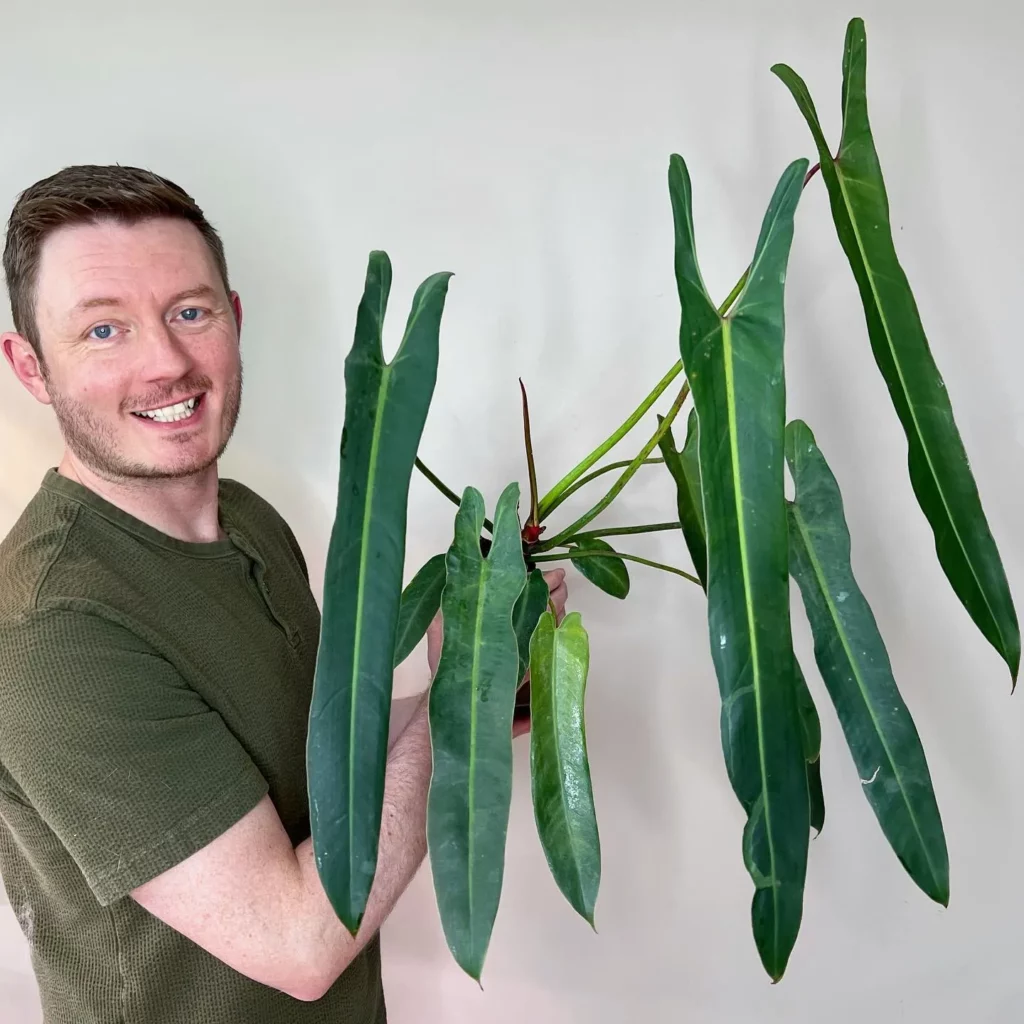
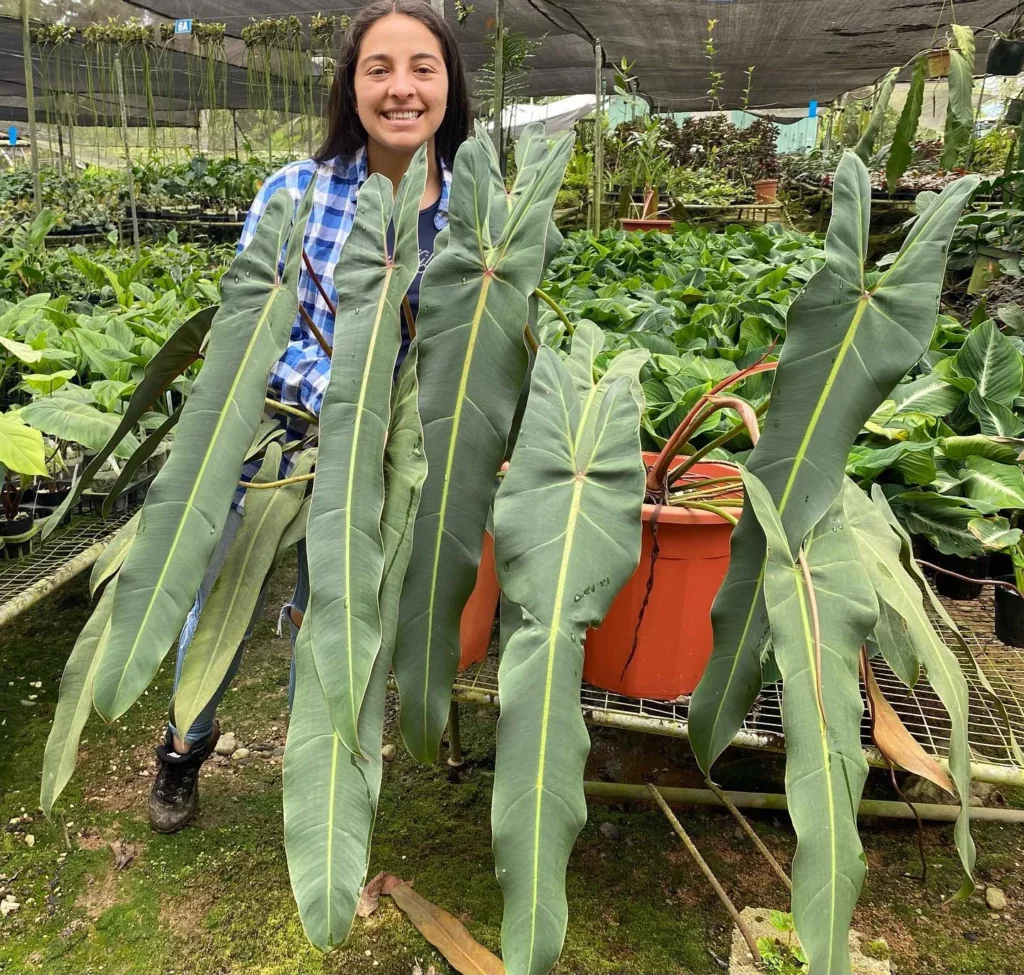
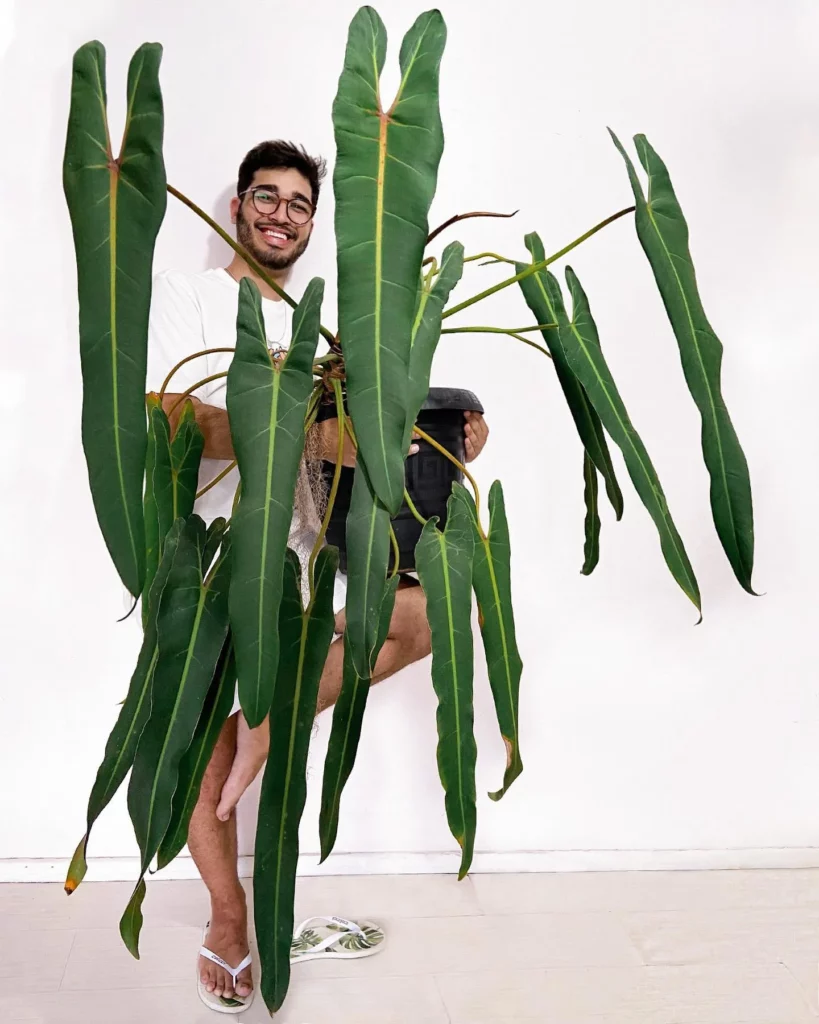
The Benefits Of Splitting A Philodendron
Splitting a philodendron is not only a simple and satisfying process, it also has numerous benefits that make it worth your while. For one, splitting promotes growth in your plant and can help it thrive. By dividing the root system, you are providing more space for new roots to develop and absorb nutrients.
This can lead to a healthier, fuller plant that will be the envy of all your friends. Another benefit of splitting is that it allows you to create more plants from just one original plant.
This means you can have multiple philodendrons throughout your home or garden without having to spend extra money buying additional plants. Additionally, splitting can help rejuvenate older or struggling plants by giving them a fresh start with new soil and nutrients.
How To Split Successfully With Proper Care And Attention
Successfully splitting a philodendron requires careful attention and proper care before and after the process. Before splitting, assess your plant’s readiness and prepare the necessary tools for the job. Take your time during the process and avoid damaging the roots or stems as much as possible.
After splitting, be sure to water your newly divided plants thoroughly and provide them with plenty of light. Fertilize regularly as well, using a balanced fertilizer that contains nitrogen, phosphorus, and potassium.
It’s important to monitor your newly split philodendrons closely in the days following the split to ensure they are adjusting well. Keep an eye out for any signs of stress or illness such as wilting leaves or yellowing foliage.
Closing Thoughts
Splitting a philodendron is not only easy but also highly rewarding for any houseplant enthusiast looking to expand their collection or promote healthy growth in their existing plants. With proper care before and after dividing your plant, you can ensure success and enjoy the benefits of a lush, beautiful philodendron for years to come.
So don’t hesitate to try splitting your own philodendron today and see the results for yourself. With a little patience and attention, you’ll be amazed at how quickly your newly divided plants will flourish.


